From Apollo to Mars: The Evolution of Spacesuits
Spacesuits have changed quite a bit since the Apollo era.
Almost everyone on planet Earth has seen the famous images of astronauts Neil Armstrong and Buzz Aldrin standing on the moon. But, often overshadowed by the weight of the historic achievement itself, the most obvious feature of these photographs is also one of the most critical pieces of equipment in crewed spaceflight missions — their spacesuits.
About half a million individuals worked on NASA's Apollo Project, taking an impossible idea and landing humans on the moon. During their journey, the astronauts relied on specialized spacesuits to protect themselves from the harsh conditions of space, and NASA has built on that legacy in its subsequent spacesuit design work.
Radiation, extreme temperatures and a number of other factors threaten the lives of those humans who venture off our small blue marble. But the best way to protect astronauts from those risks varies with the details of the mission.
Related: Spacesuit Suite: Evolution of Cosmic Clothes (Infographic)
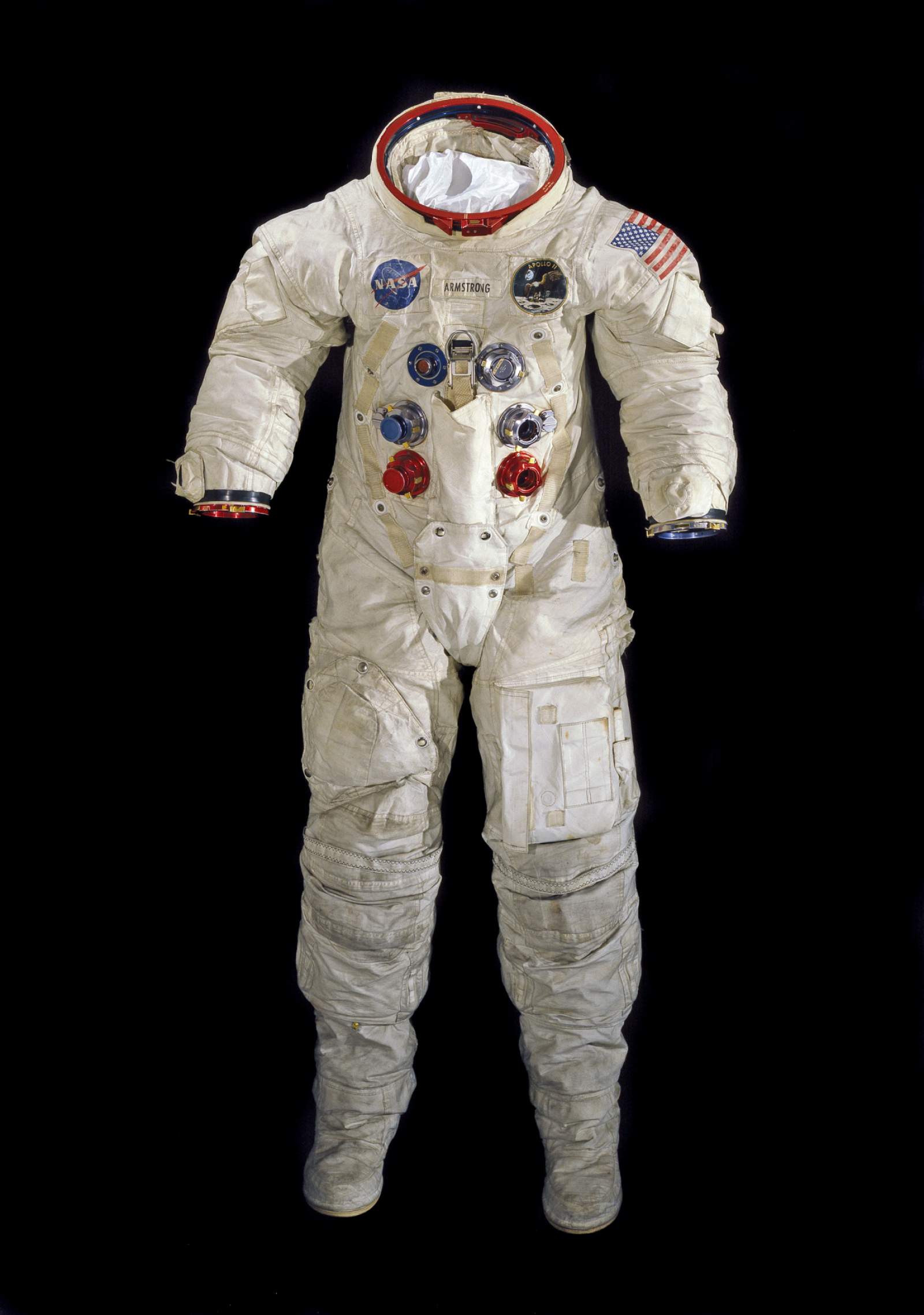
The Apollo suits were made specifically for working on the lunar surface. So these suits had to be reimagined for NASA's space shuttle program and reworked again for astronauts traveling to the International Space Station. Now, engineers are again reinventing spacesuits as NASA works to send humans to Mars and back to the moon with NASA's Artemis program, in addition to continued work on the space station.
No matter the destination, the different layers of a spacesuit are carefully matched with different materials. "Each of the materials is there for a specific job. We're not fashion designers," Mallory Jennings, a spacesuit engineer at NASA's Johnson Space Center, told Space.com.
Current suits built for spacewalks from the station include, Jennings added, an inner bladder layer that holds in pressure, a restraint layer that can be sized and sewn to adjust a suit's fit to the individual astronaut, a neoprene layer that protects against micrometeoroid impacts, and multiple layers of aluminized mylar that insulate and protect against extreme temperatures. On top of all this is what's called "Ortho-Fabric," which was specifically designed for NASA and includes protective materials like Kevlar.
Breaking space news, the latest updates on rocket launches, skywatching events and more!
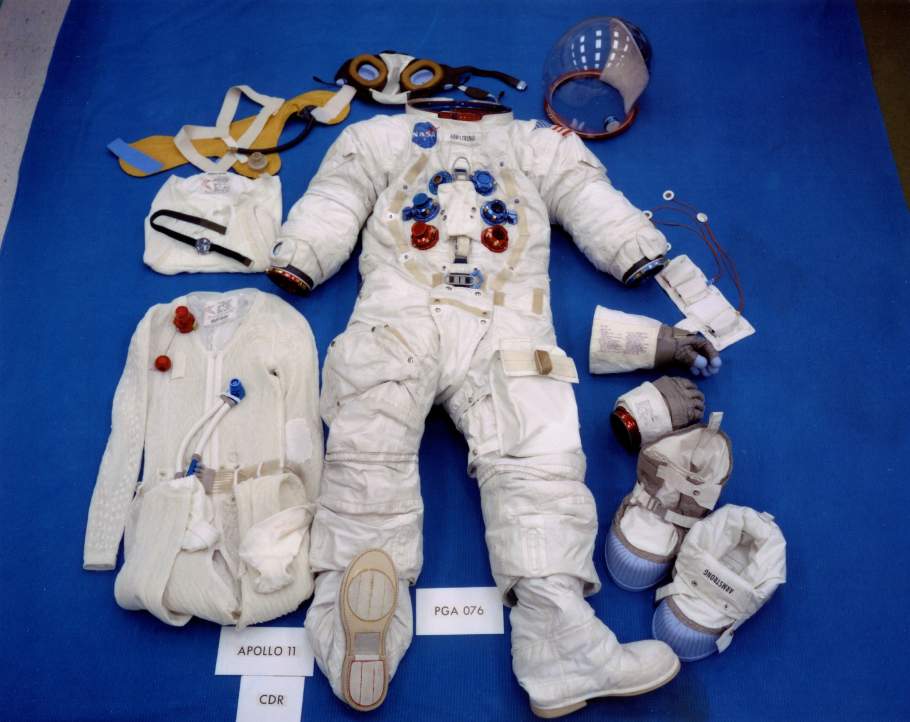
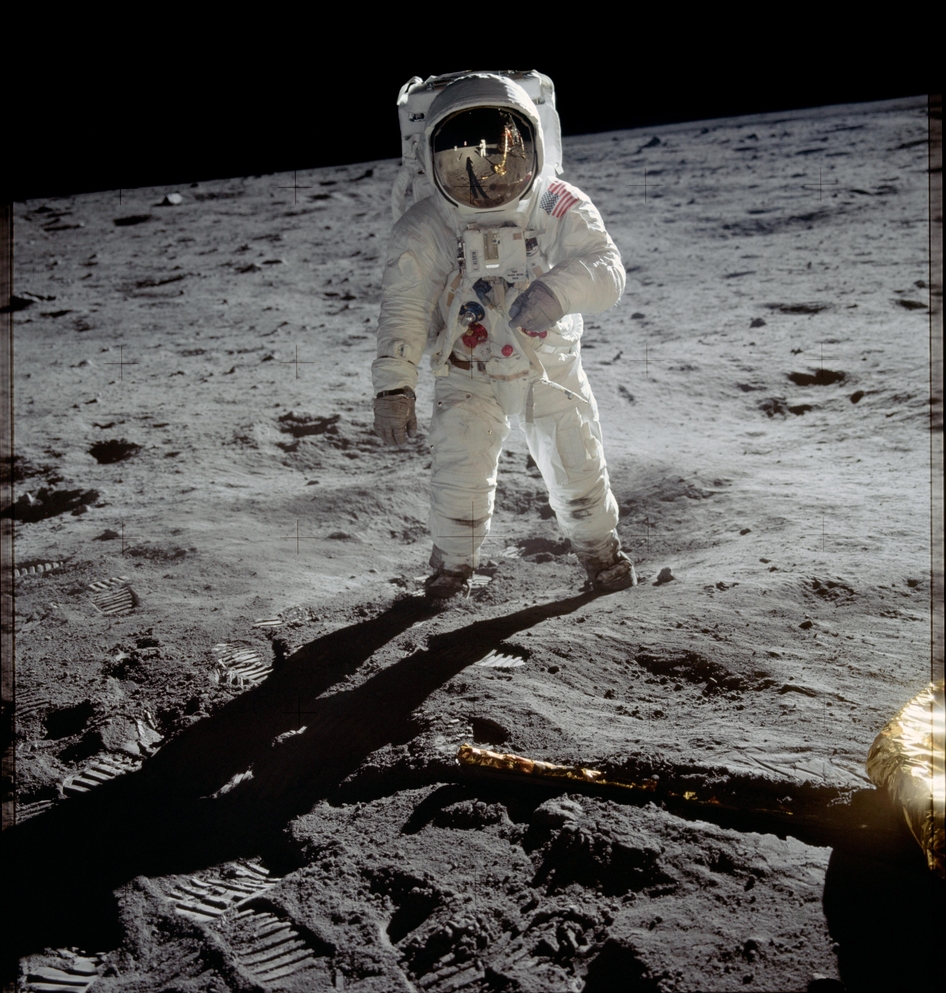

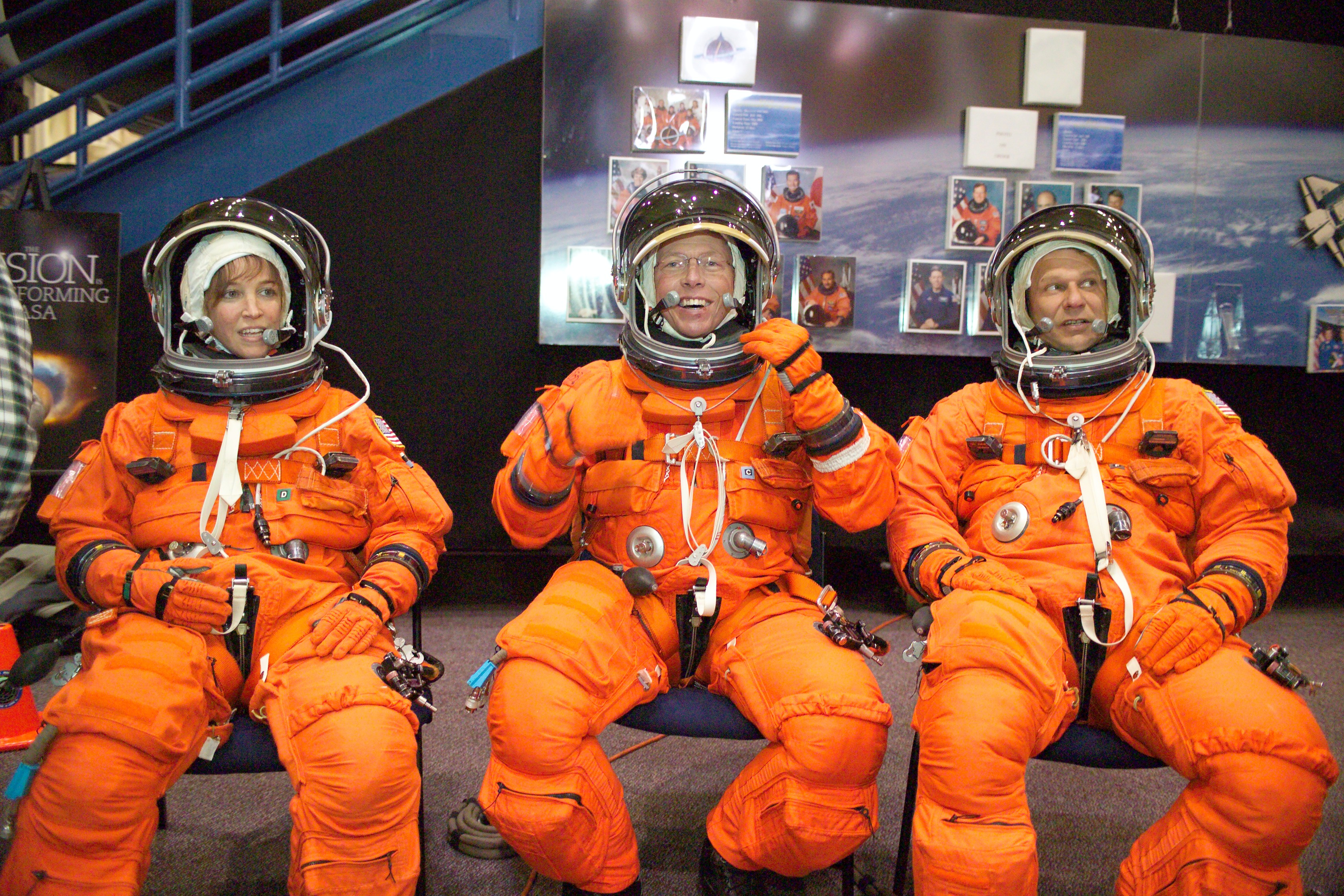
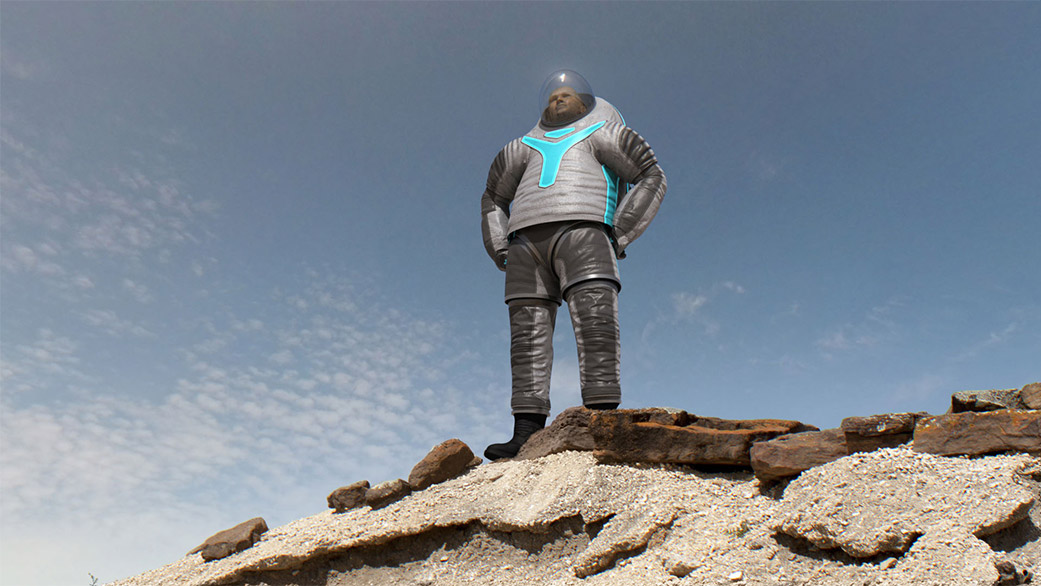
That structure would feel pretty familiar to the Apollo astronauts, despite layers that have changed, Amy Ross, a spacesuit engineer at NASA's Johnson Space Center, told Space.com. "From Apollo to shuttle, the multilayer insulation is the same, a lot of the purposes of the layers is the same, but the outer material for one, the Ortho-Fabric, changed. It had some new requirements that needed more durability than the Apollo," she said.
To those who are not spacesuit engineers, it may seem as if the spacesuits haven't changed in decades, because they look about the same. And while some of the spacesuit hardware is 25 or 30 years old, Ross said, NASA's spacesuit engineers have been continuously updating and modifying the suits and developing new technologies to overcome challenges in space.
Related: Stellar Threads: Trying on a Spacesuit Brings Thrills and Challenges
However, while new missions to the moon and Mars will require new spacesuits, spacesuit engineers can still return to the Apollo suits for inspiration. Engineers and astronauts who built and used the suits can guide modern suit design, especially for lunar missions like Artemis, by explaining what worked and what didn't for astronauts on the lunar surface.
Two main features of the Apollo suits caused many problems for the astronauts and will not be part of the new design. "Zippers are bad and cables are bad," Ross said. During the Apollo moonwalks, the metal braided cables tended to fray and the zippers, which sealed air into the suits, got clogged with lunar regolith and didn't work very well, she said.
The next generation of spacesuits will have to learn from these previous lunar struggles, and then be able to handle the unique environment on Mars, which will require still more design changes. The multilayer insulation that has protected astronauts thus far is designed to work in microgravity environments; while Mars has less gravity than Earth, there's too much gravity for this insulation to be effective. So Ross and the other spacesuit engineers at NASA have been working on developing materials that may work as insulation on Mars, she said. One such option for future spacesuit insulation that NASA teams have been developing for many years is aerogel — an ultralight, porous material used in robotic missions like Stardust.
It's too early to tell what NASA's next spacesuit prototypes will look like, but they will certainly have to withstand extreme conditions. Ross and Jennings also believe suits need to require less maintenance and setup than current suits, which will free up astronauts for more exciting work in space.
NASA teams are also developing new suits for the future Orion crew that are primarily crew survival suits but can also pressurize if the crewmember needs to do an emergency extravehicular activity. But they hope astronauts will never need to use that feature. "Loss of cabin pressure is why these suits exist," Ross said. "You'll really only need that suit in case of a bad day."
- How NASA Spacesuits Work: EMUs Explained (Infographic)
- NASA's Futuristic Z-2 Spacesuit: How It Works (Infographic)
- Introducing NASA'S Future Spacesuit, the Z-1 (Infographic)
Space.com senior writer Meghan Bartels contributed reporting to this article. Follow Chelsea Gohd on Twitter @chelsea_gohd. Follow us on Twitter @Spacedotcom and on Facebook.
Join our Space Forums to keep talking space on the latest missions, night sky and more! And if you have a news tip, correction or comment, let us know at: community@space.com.

Chelsea “Foxanne” Gohd joined Space.com in 2018 and is now a Senior Writer, writing about everything from climate change to planetary science and human spaceflight in both articles and on-camera in videos. With a degree in Public Health and biological sciences, Chelsea has written and worked for institutions including the American Museum of Natural History, Scientific American, Discover Magazine Blog, Astronomy Magazine and Live Science. When not writing, editing or filming something space-y, Chelsea "Foxanne" Gohd is writing music and performing as Foxanne, even launching a song to space in 2021 with Inspiration4. You can follow her on Twitter @chelsea_gohd and @foxannemusic.
